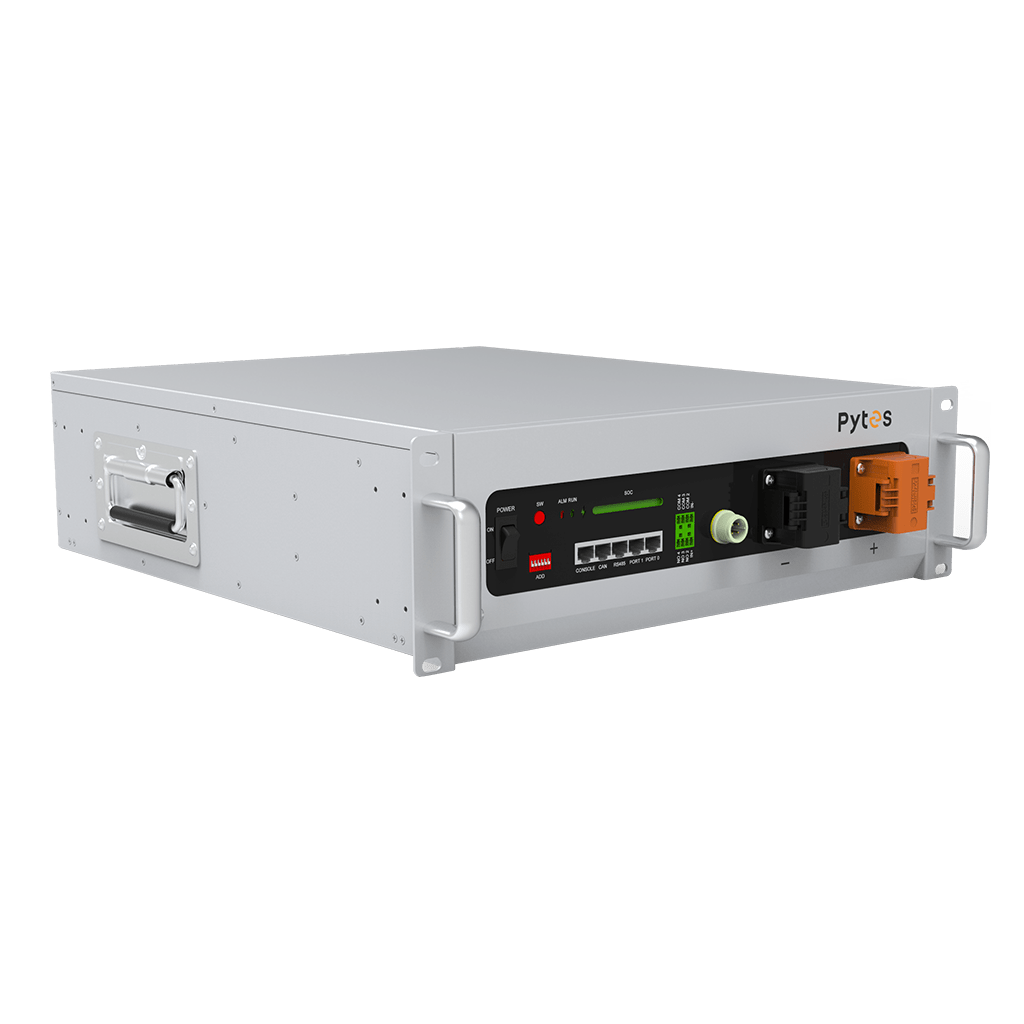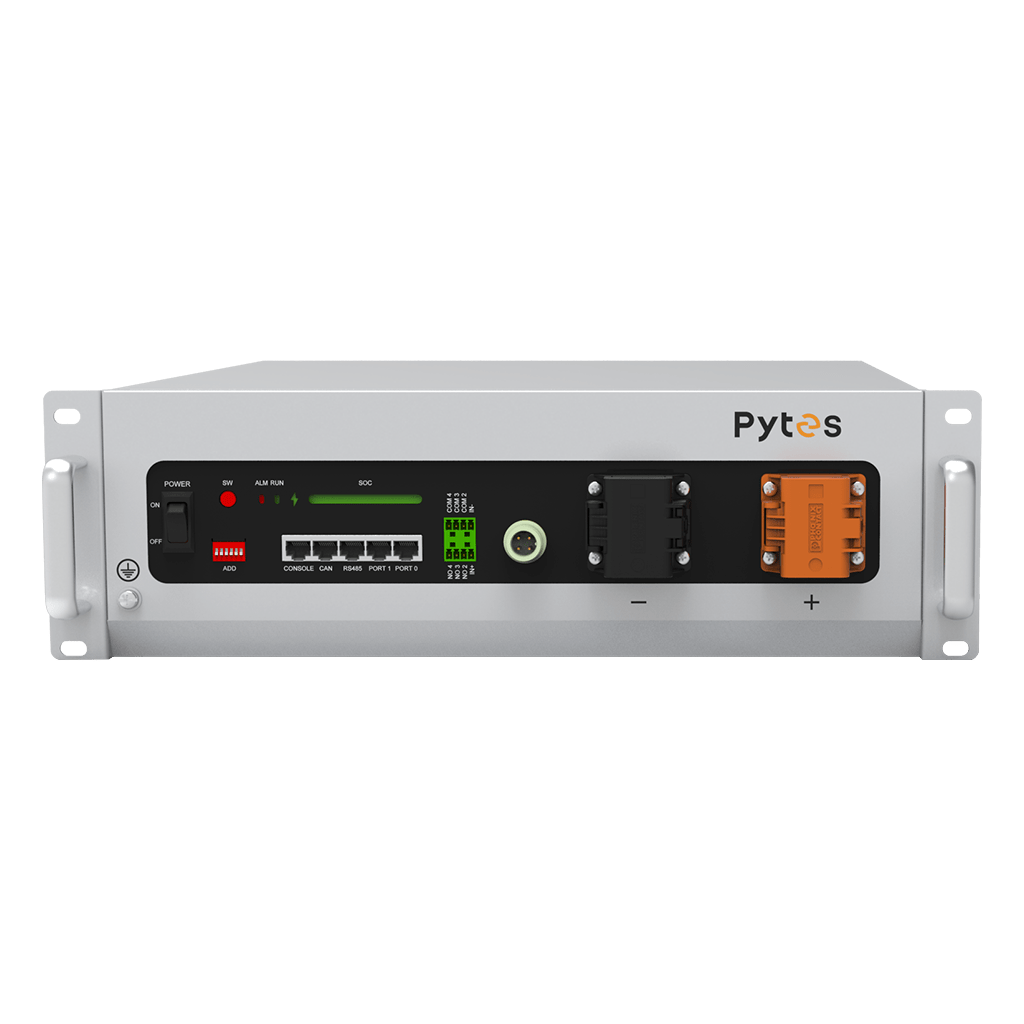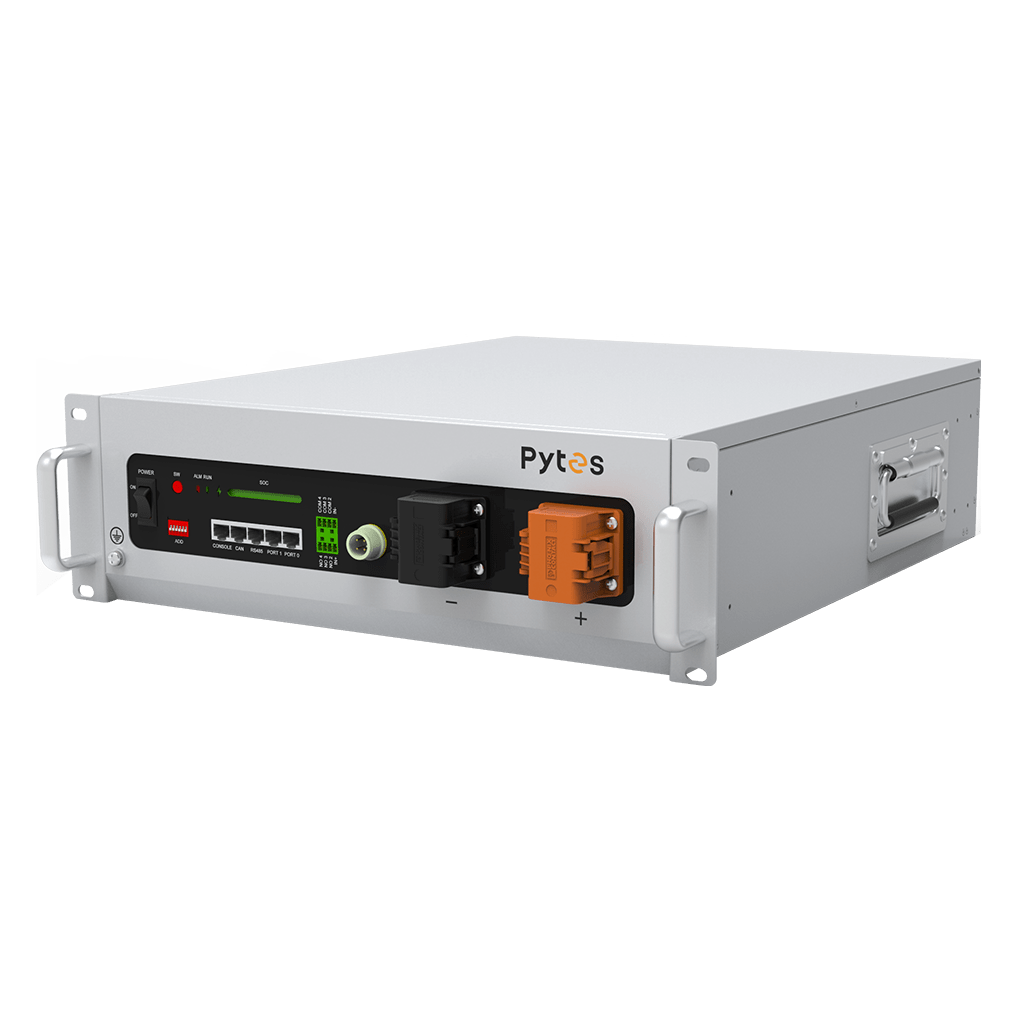In recent years, the world has witnessed a growing concern for sustainable energy solutions. As the effects of climate change become more apparent, individuals and communities are seeking ways to reduce their carbon footprint and embrace renewable energy sources. One such solution gaining popularity is the use of LFP (Lithium Iron Phosphate) home battery backups. These innovative devices not only provide a reliable backup power source but also contribute to a more sustainable future. In this blog, we will explore the benefits and features of LFP home battery backups, shedding light on their role in sustainable energy solutions.
A. What are LFP Home Battery Backups?
LFP home battery backups are advanced energy storage systems that store electricity generated from renewable sources, such as solar panels or wind turbines. These batteries are designed to provide backup power during outages or periods of high demand, ensuring a continuous supply of electricity to homes.
B. How do LFP Home Battery Backups Work?
LFP home battery backups work by storing excess electricity generated by renewable sources. When the demand for electricity exceeds the supply, the battery kicks in, providing power to the home. This ensures a seamless transition and uninterrupted supply of electricity, even during power outages.

A. Reliable Backup Power
One of the primary advantages of LFP home battery backups is their ability to provide reliable backup power. Traditional backup generators often rely on fossil fuels, which contribute to greenhouse gas emissions and are not sustainable in the long run. LFP home battery backups, on the other hand, store clean energy and can provide power for extended periods without the need for refueling.
B. Reduced Reliance on the Grid
By installing LFP home battery backups, homeowners can reduce their reliance on the grid. During peak demand periods, when the grid is under stress, these batteries can supply power to the home, reducing the strain on the grid and preventing blackouts. This not only ensures uninterrupted power supply but also contributes to the stability of the overall energy infrastructure.
C. Integration with Renewable Energy Sources
LFP home battery backups seamlessly integrate with renewable energy sources, such as solar panels or wind turbines. They store excess electricity generated during times of low demand, allowing homeowners to utilize this energy during peak demand or when the renewable sources are not producing electricity. This integration maximizes the utilization of renewable energy and reduces wastage.
D. Cost Savings
While the initial investment in LFP home battery backups may seem significant, they can lead to long-term cost savings. By storing excess electricity during off-peak hours and using it during peak demand, homeowners can reduce their reliance on expensive grid electricity. Additionally, some regions offer incentives and tax credits for installing renewable energy systems, further reducing the overall cost.

A.Emergency Backup Power
LFP batteries provide reliable emergency backup power during outages or disasters. Homeowners can wire these systems to essential circuits to power critical appliances such as refrigerators, sump pumps, lighting, and medical equipment during power outages. Depending on the capacity of the battery system, backup times can range from several hours to over a day.
B.Solar Energy Storage
As more homeowners install solar panels, the demand for effective storage solutions increases. LFP batteries excel in this area by efficiently storing surplus solar energy generated during sunny days for later use when sunlight is not available. This capability enhances energy independence and allows homeowners to utilize their solar power more effectively.
C.Electric Vehicle Charging
LFP home battery units can also be programmed to charge electric vehicles (EVs) at night when electricity rates are lower. By discharging stored energy during the day to charge EVs, homeowners can offset fuel costs significantly while ensuring that they have enough power available for their vehicles when needed.
D.Uninterruptible Power Supply (UPS)
For sensitive devices such as medical equipment or computers that require continuous power supply, LFP batteries serve as an effective uninterruptible power supply (UPS). They provide temporary power during outages or voltage fluctuations until the main supply is restored or equipment can be safely shut down.
Pytes V5°LFP battery is an innovative rechargeable lithium iron phosphate battery developed and manufactured by Pytes. It serves as a home solar battery energy storage system with intelligent applications. Currently, Pytes V5° has successfully obtained UL 9540 certification, ensuring its compatibility with most inverters available in the market.
1. Key Advantages of Pytes V5°Home Battery Backups System
A. Remote monitoring and upgrade capabilities for easy performance monitoring and software updates. With remote monitoring and upgrade capabilities, users can easily monitor and optimize the performance of their batteries from anywhere
B. Higher charge and discharge rates for rapid energy storage and utilization.
C. Wider operating temperature range for efficient operation in a variety of climates.
D. Higher energy density for more energy storage in a compact design.
E. greater scalability, allowing users to expand their energy storage capacity as needed.
2. Design Highlights of Pytes V5°Home Battery Backups System
A. On-demand expansion
Pytes V5° can also be expanded as needed, up to 491.52kWh (with wheels), and a group can support up to 16 units in parallel.
B. Self-heating function
Another major advantage of Pytes V5°is the self-heating function, which can automatically start heating in cold environments to ensure normal use and battery life.

LFP home battery backups offer a sustainable energy solution that not only provides reliable backup power but also contributes to a greener future. By reducing reliance on the grid, integrating with renewable energy sources, and reducing greenhouse gas emissions, these batteries play a vital role in sustainable energy solutions.
The Advantages of Home LFP Batteries: A Comprehensive Guide